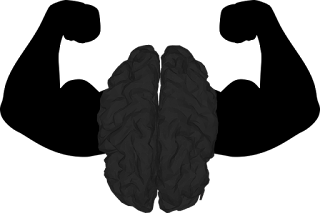There are two types of noise-cancelling headphones: active and passive. Both types reduce distracting background noise, making your listening (or non-listening as the case may be) environment more comfortable and more restful.
Active noise-cancelling headphones contain a miniature microphone in the earpiece to detect ambient noise. This information is sent to noise-cancelling electronics, which then send out a wave that is directly opposite to the noise that needs to be erased. (It’s physics, and it works!) There is also a small battery to power these electronics.
Passive noise-cancelling headphones do not use electronics. They physically cover and seal off the ear, to help block out external noises. There are even in-ear designs that allow for increased fidelity at lower volumes of what you wish to hear.
Why might you want to use noise-cancelling headphones? They are great when traveling in noisy environments, such as planes, trains, and buses. Noise during travel is not just from the engine, but also from fellow passengers conversing. Of course, don’t use noise-cancellation technology if you are driving!
But you may also want to use noise-cancelling headphones when using loud home machinery, such as vacuum cleaners or lawn mowers. It’s much better to listen to a podcast, music, or audio book than to the roar of an engine.
Any time you need to mentally concentrate, noise-cancelling headphones come in handy. A special use case, if you’re trying to understand a lecture or other audio recording that was not well done, noise-cancellation can help you make better sense of what you are hearing at low volume.








